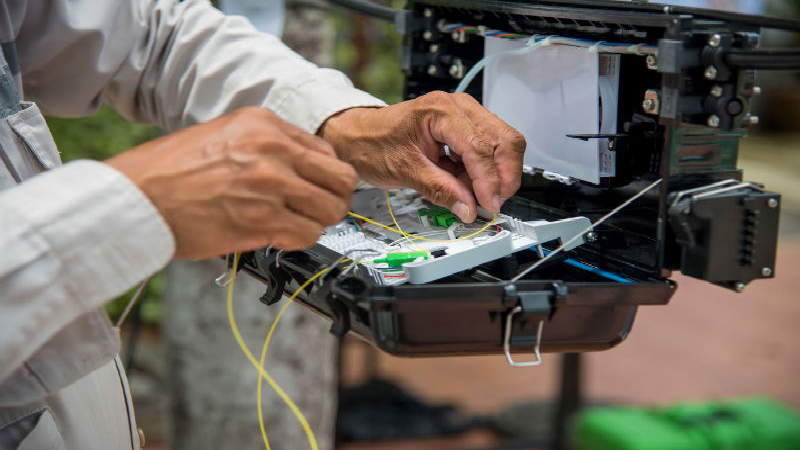There are many different components and devices that are tested using an ESD simulator. These are sometimes referred to as ESD guns and they are small, compact, handheld devices that are often used in conjunction with other EMC testing systems across a range of different industries and applications.
The purpose of these tests is to determine the immunity, or the lack of susceptibility to ESD or electrostatic discharge. The pulses of electrostatic discharge are high-voltage, short duration, fast pulses that occur naturally when two or more objects with different electrical charges are in contact or even when simply close together.
By completing testing in the lab with the ESD simulator the manufacturer has the ability to determine the parameters of use of the equipment. These tests are often a requirement within a specific industry, particularly the automotive and aerospace industries. It is also required for components or parts that are sold to the European Economic Areas or EEA. These components all have to have the designated CE marking that is required for the appropriate standards in the EEA.
Testing Models
Various ESD simulator designs will provide testing on three different possible sources of ESD. These include the machine, charged devices and the human body.
The machine model creates ESD as would be found in a machine working in close proximity to the device being tested. There are various settings possible within this model that apply to specific applications and environments where the test device will be used.
The charged device mode is used when the component, part or device is used in and around production processes and large equipment. This is more of a generalist type of testing that is used on most electronic devices found in industry and manufacturing.
The human body model tests the machine’s circuits and electrical system when in contact with a human body that is discharging static. This is similar to the electrical “spark” or shock that is generated if you touch an object.
To change between one model testing option, or to change the resistance and capacitance values on the ESD simulator, different modules can be inserted into the control area of the device. These interchangeable modules conform to the respective standards the component, device or part must be tested to meet.
The standards tested for with the simulator can include various ISO standards, MIL-STD or Military Standards and IEC or International Electrotechnical Commission standards.
